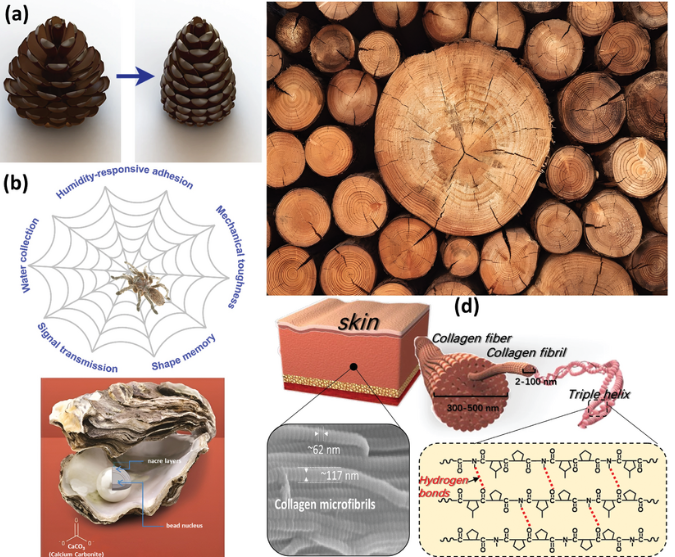3d heart printing and future
- anikshakar6
- Nov 27, 2023
- 2 min read

3D printing technology has made significant advancements in the field of medical science, particularly in the realm of 3D heart printing. Here are some key aspects and future prospects regarding 3D printing of hearts:
Patient-Specific Models: One of the most significant applications of 3D heart printing is the creation of patient-specific anatomical models. These models are generated from patient imaging data (such as CT or MRI scans) and serve as precise replicas of an individual's heart. They aid surgeons in planning complex surgeries, allowing them to visualize and practice procedures before performing them on the actual patient. This technology has significantly improved surgical outcomes and reduced operating times.
Bioprinting of Heart Tissues and Organs: Bioprinting involves using a combination of living cells, biomaterials, and growth factors to create tissues or organs. Researchers are exploring the possibility of bioprinting heart tissues and even entire organs. While the bioprinting of functional human hearts for transplantation is still in early stages and presents numerous challenges, advancements in this area offer hope for addressing the shortage of donor organs.
Advancements in Materials: Innovations in biomaterials suitable for 3D printing have been crucial for heart-related applications. Biocompatible materials that mimic the properties of cardiac tissue are being developed to enable the printing of functional heart components. These materials need to possess appropriate mechanical properties, electrical conductivity, and compatibility with living cells.
Cardiac Repair and Regeneration: 3D printing technology is being investigated for creating cardiac patches or scaffolds embedded with cells and growth factors. These structures could be implanted onto damaged areas of the heart to promote tissue repair and regeneration after myocardial infarction (heart attack).
Drug Testing and Disease Modeling: 3D-printed heart models and tissues are being utilized in pharmaceutical research for drug testing and disease modeling. These models can simulate cardiac conditions, allowing researchers to study disease mechanisms and test potential treatments more accurately.
Integration of Imaging and Printing Technologies: With advancements in imaging technologies like 4D imaging (3D imaging over time), there's potential for further improving the accuracy of patient-specific heart models. Integrating these advanced imaging techniques with 3D printing could lead to more detailed and dynamic representations of heart structures and functions.
The future of 3D heart printing holds promise for personalized medicine, improved surgical outcomes, advancements in regenerative medicine, and potentially overcoming the limitations of heart transplantation. However, there are still technical, regulatory, and ethical challenges to address before fully functional 3D-printed hearts become a clinical reality. Collaboration among researchers, engineers, clinicians, and regulatory bodies will be critical in realizing the full potential of this technology for cardiac care.




Comments